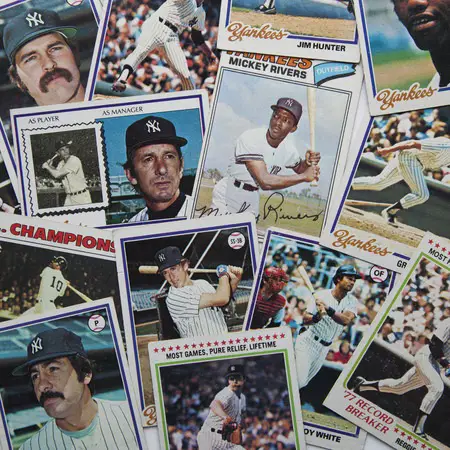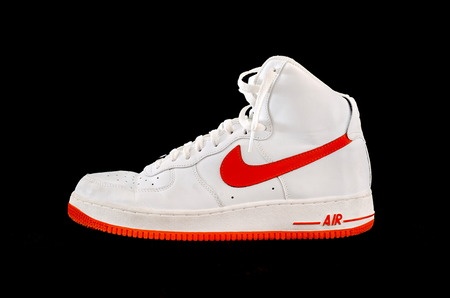The Vast Majority of Baseball Cards are Worthless
’52 Mantle is Rare and Popular
The Wall Street Journal just published an article proclaiming that a near-mint or mint 1952 Topps Mickey Mantle Card outperformed stocks, gold, and real estate with a 674% total increase the last 10 years.
When you annualize that figure, it comes out to about 23% per year. It sounds like a huge return.
Sure holding a baseball card doesn’t produce income, but who needs income when your investment is getting multiplied by a factor of about 7 every 10 years?
Is it time to look in your basement for all those cards you bought as a kid, and cash in? The answer to that is probably no, unless you were a kid in the 1950’s and unlike virtually every other kid, you didn’t trade or use the cards, but stored them in near-mint condition.
The key to the value in the early year Mickey Mantle cards is that they are extremely rare. Almost no one collected them; people put them in their bike spokes, they traded them, they opened them and handled them, and they did not put them in special acid-free cases or store them in a special climate to prevent aging.
The article mentions that there were some special conditions surrounding the 1952 Mickey Mantle: it was issued late in the season after retailers had already placed most of their orders so there wasn’t much interest, and then in 1960, whatever unsold extras were still at the warehouse were tossed several miles out in the ocean to make space for other cards.
The market for these cards has been established for a long time so it is unlikely that a large number of authentic new ones will be discovered. It benefits from being rare and appealing to an age group that is probably around 60 years old and affluent.
Your Rookie Cards from the 80’s and 90’s are Probably Worthless
The baseball cards you may have collected in the 1980’s and 1990’s are probably worth zero or close to it.
There are no buyers, even for the once famed 1989 Upper Deck Ken Griffey Jr. rookie card.
The idea of investing and collecting cards was well ingrained into the psyches of young boys and men by this time period, so people collected them like crazy. Magazines like Tuff Stuff and Beckett published monthly price guides which everyone followed closely.
Card shops flourished, and were happy to sell you 1, 10 or even 100 of a particular rookie card you were interested in. The card companies like Upper Deck, Donruss, Fleer, Topps, and Bowman mass produced everything.
There were no rare cards; everything was over produced. The public was buying cards and the card companies were happy to give the public what it wanted.
In addition to the fact that there is huge supply, there is the fact that there is very little demand.
Baseball was once America’s most popular game, and the interest level has declined among younger people. There are so many teams and players that receive so much exposure, and few stars that are well-known national figures like Ty Cobb, Mickey Mantle, Sandy Koufax or Babe Ruth were.
Even a pitcher who earns $30 million a year like Zach Greinke or David Price has very little name recognition among the vast majority of the public. The 60 year old buyers of Mickey Mantle cards from the 1950’s don’t feel that nostalgic about the steroid era stars like Jose Canseco, Barry Bonds, or Albert Belle.
All Hope is Not Lost
Maybe instead of being fixated on the value of the cards, you can just enjoy them. Open an unopened box, or take a card out of its vacuum chamber, frame it and display it in your office. There may not be a lot of money in most cards, but there is a sense of nostalgia and happy memories about your childhood.




